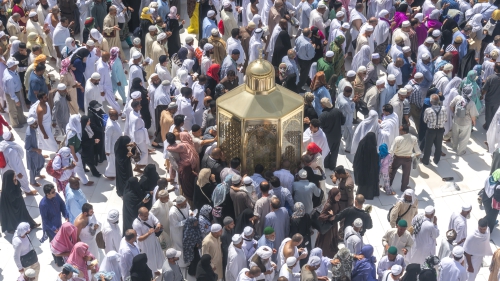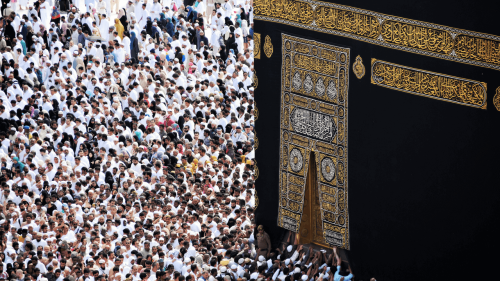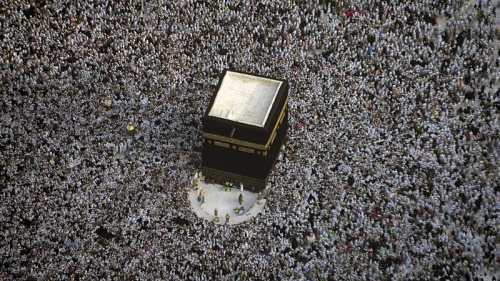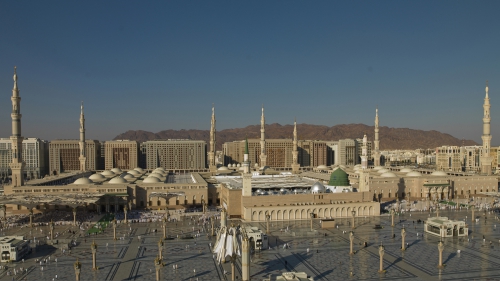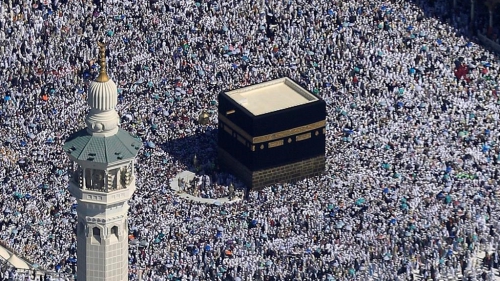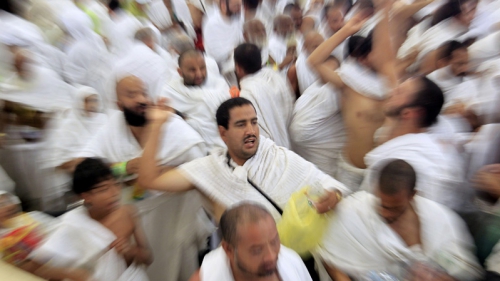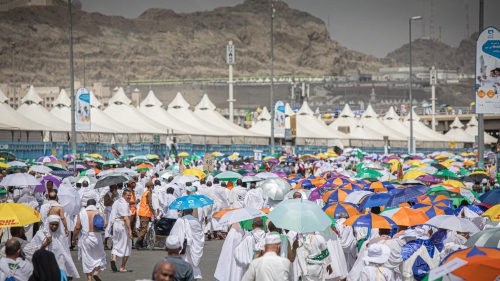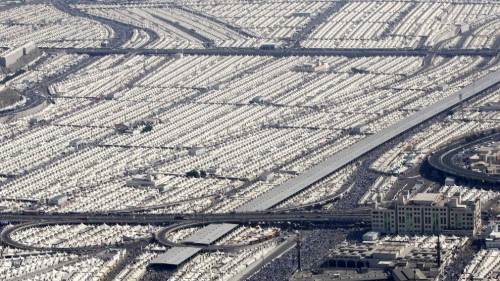New Jamarat Bridge for Hajj

Jamarat pedestrian bridge in Mina, near Makkah, is not only a place of religious significance but also plays a vital role in facilitating the movement of millions of pilgrims as they fulfill an important ritual of Hajj.
The Jamarat Bridge is constructed around three pillars. These three pillars mark the places where according to Islamic tradition Prophet Ibrahim was confronted with Satan and he threw stones at him to resist his temptations.
Following in the foot steps of Prophet Ibrahim , pilgrims are required to also throw stones at these three places to remind themselves of the temptations of Satan in everyday life.
The logistics of managing millions of people at this location has always been a challenge for the Hajj authorities. In 2006 in one of the worst tragedies at the Jamarat, 364 people were killed in a stampede at the entrance of the Bridge. To address the congestion at this location, the Saudi government launched a $1.2 billion project to revamp the bridge.
The fifth and final phase of the project has been completed. This phase includes the fifth storey of the bridge which is ready for utilization by pilgrims during 2009 year's Hajj.
The state-of-the-art Jamarat Bridge is designed to accommodate five million pilgrims. It has 10 entrances and 12 exits over its four levels to allow the flow of 300,000 pilgrims per hour. It is also equipped with surveillance technology to help authorities intervene in case of any stampedes. To improve safety, pilgrims will not be allowed to carry large bags during the ritual.
 |
The multi-level project is installed with water sprinklers and air-conditioning that can reduce the temperature to about 29o C or 84o F. The roof of the fifth floor is covered with special tents during the Hajj season.
The completion of the Jamarat project allows for the throwing of pebbles from the five levels of the bridge. The first and second floors are allocated for pilgrims coming from the east of Mina; the third floor is reserved for those coming from Makkah, Al-Adl and Al-Sheshah; and the fourth floor is for pilgrims coming from the north and also from Al-Muaisem, the eastern and western "Shebs". The fifth and top floor is for those coming from Al Azizeyah and camps located south of Mina.
The bridge is 950 meters (over 3,000 ft) long and 80 meters wide. It consists of five floors each of which is 12 meters high. The entire project is designed to expand up to 12 stories in the future when the need arises.
 |
The project will help to organize and allocate appropriate places for services, such as food stores, barbers shops, and toilets, and areas for medical and emergency services, civil defense forces and public security.
The Jamarat Bridge also includes subways for underground vehicular traffic to provide more space for pedestrians in the bridge areas in addition to six exits for emergency evacuation through six emergency towers leading to the ground floor and tunnels as well as to the helipads.
The oval design of the pebbles basins and the three 40-meter-high pillars will improve the flow of pilgrims and increase the capacity of the bridge, which will help reduce congestion while pilgrims are performing the stoning ritual.
Millions of pilgrims will be casting seven pebbles for three days at each of the three 18-meter high concrete pillars on the spot where the devil appeared to Prophet Abraham .









